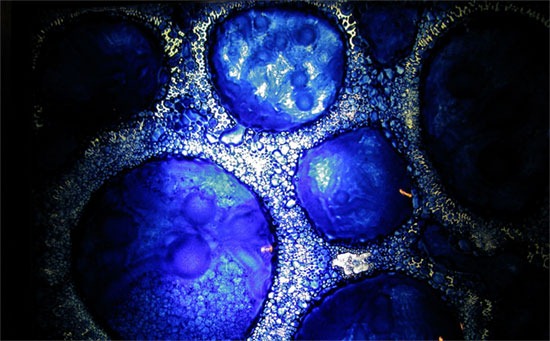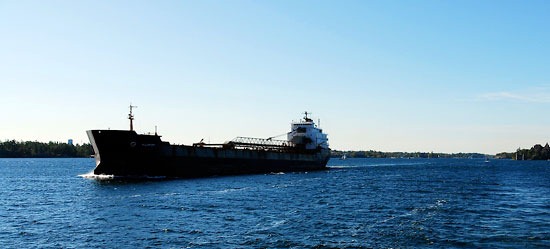Ashtabula River restoration sets example for Great Lakes cleanups
1
A former dredge site on the Ashtabula River in 2006. The dredging operation removed roughly 25,000 pounds of hazardous PCBs (polychlorinated biphenyls) and other contaminants from the river.
It was once considered among the worst of the Great Lakes Areas of Concern, but several years and millions of dollars later the Ashtabula River might soon be stricken from the list of 43 contaminated sites. Moreover, a fish advisory for the river that has been in place since 1983 might be lifted soon.
The river is located in northeast Ohio and flows into Lake Erie’s central basin by the city of Ashtabula. From the 1940s to the late 1970s, the area surrounding the mouth of the river experienced significant development from various industries. Unregulated discharges into the river and mismanagement of hazardous waste flooded the water with a litany of toxic chemicals, which impaired aquatic life, posed a human threat, and prompted the fish advisory.
Sediments in the river had been heavily contaminated with potentially carcinogenic polychlorinated biphenyls (PCBs). Pollution in the river also included low-level radioactive waste (uranium, radium and thorium) and heavy metals (chromium, mercury, lead, and zinc).
Major cleanup projects on the river and a nearby stream, Fields Brook, have totaled more than $142 million. This makes the river cleanup the largest of its kind to be funded by the Great Lakes Legacy Act, and its success has set an example for similar restoration projects. The Ottawa River dredging project, for example, is modeled closely after it.
The 2002 Great Lakes Legacy Act provides funding to clean up the “legacy” of contaminated sediment left behind from the industrial age in areas of concern (AOCs) that feed into the Great Lakes. The Legacy Act aims to facilitate cleanups at the 31 of 43 Great Lakes AOC sites located wholly or partially within U.S. borders.
The federal program has partially funded six sediment cleanup projects since 2004, according to the EPA, resulting in the removal of a cumulative 960,000 cubic yards of contaminated sediment. The EPA notes that these efforts have purged Great Lakes waterways of nearly 1.6 million pounds of pollutants.
The act funded half of a $60 million dredge in Ashtabula’s harbor from 2006 to 2008, which extracted more than 500,000 cubic yards of sediments contaminated with PCBs. More than 25,000 pounds of PCBs were removed from one of the worst segments of the river, according to The Akron Beacon Journal.
What makes the Ashtabula restoration effort so successful is the tremendous coordination and agreement among companies responsible for the pollution and the government, according to Ohio Environmental Protection Agency Director Chris Korleski.
“The immense amount of cleanup work and the millions of dollars spent on this long-term project just goes to show that when you have cooperation between the right people, anything is possible,” he said.
Cleanup efforts revive waterway [The Akron Beacon Journal] Image Credit: ci.ashtabula.oh.us














[…] This post was mentioned on Twitter by SEAWA, Lake Scientist . Lake Scientist said: The Ashtabula River was once one of the most toxic #GreatLakes AOCs. Now it serves as an ideal restoration example: http://bit.ly/bu5N3D […]